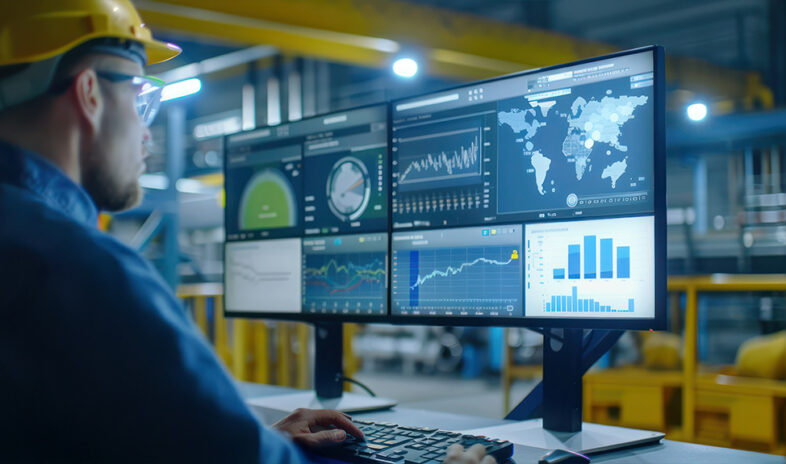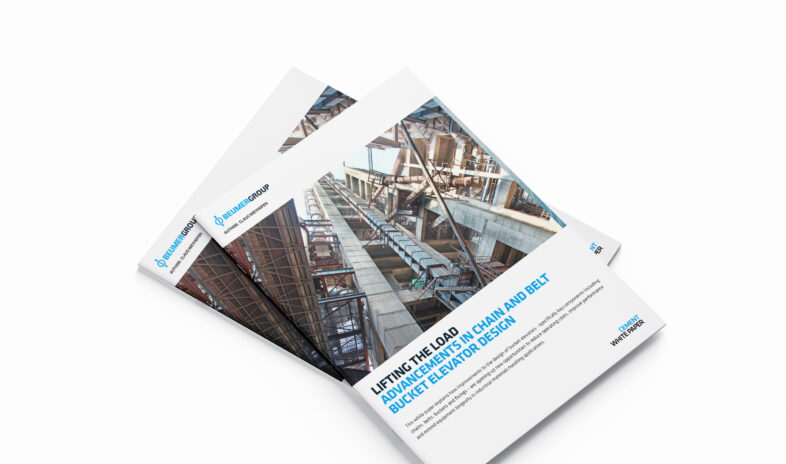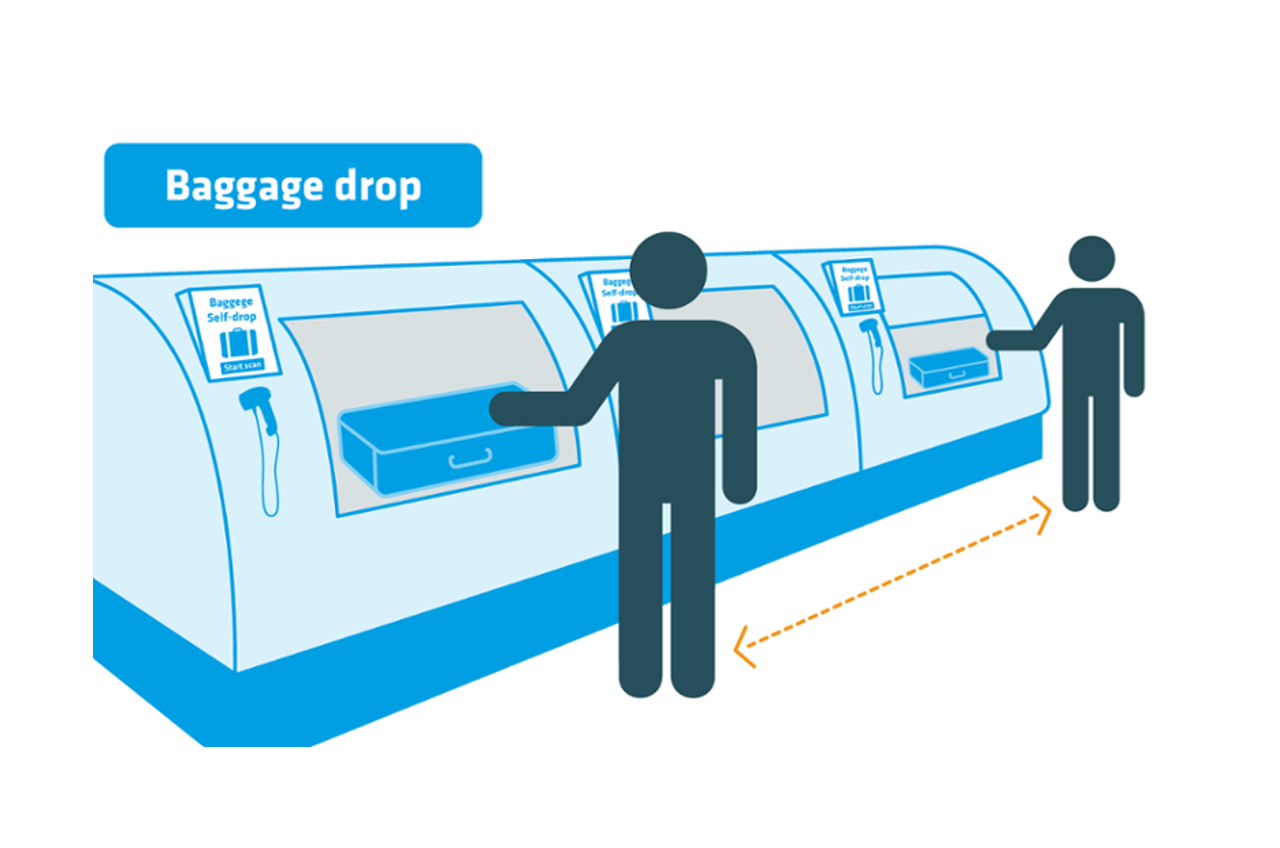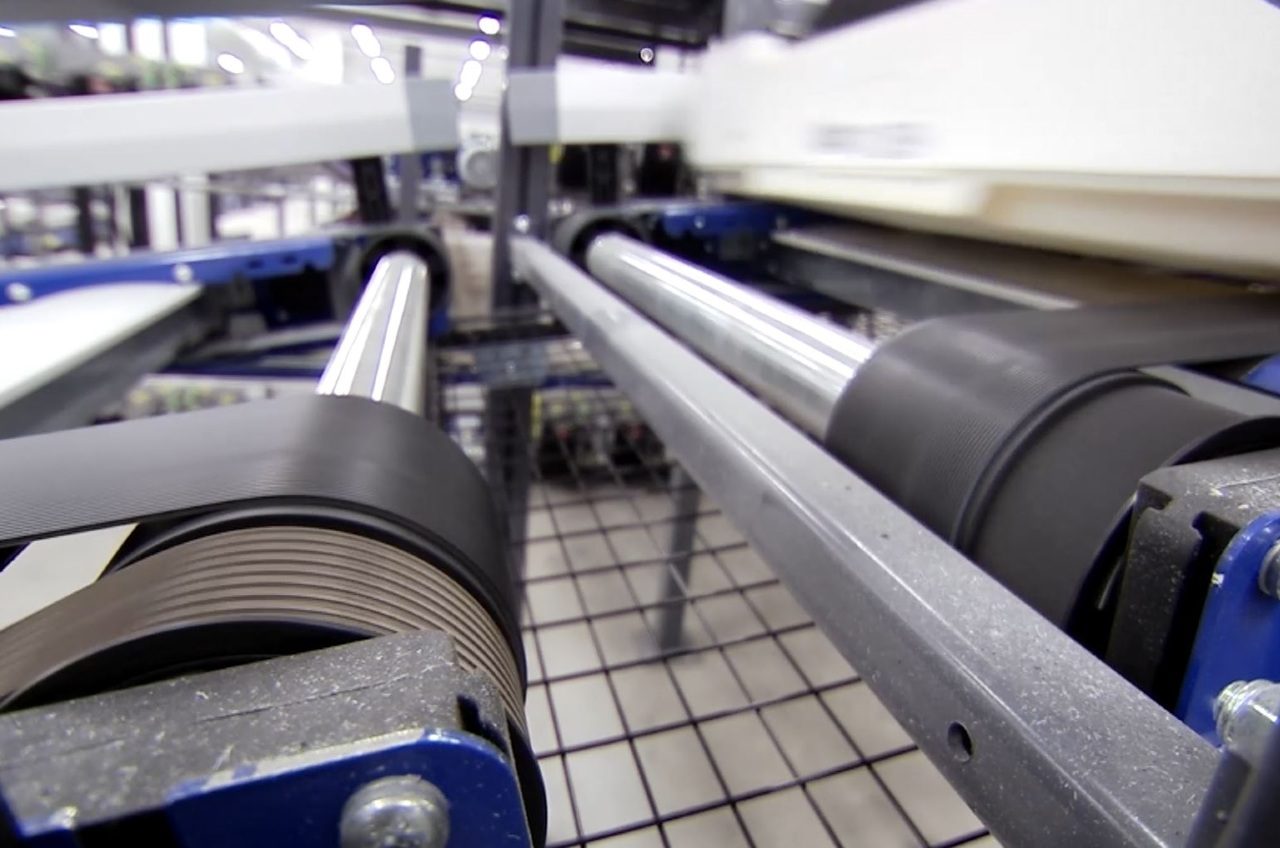3. Commitments to sustainability
Thirdly, while the ongoing crisis also questions plans to modernise airport infrastructure for sustainability and resiliency, the global airport community remains committed to Sustainable Development Goal number 9. As such, investments in infrastructure will be needed more than ever to accelerate recovery and stimulate job creation.
Airport infrastructure projects such as individual carrier system (ICS) technology in the BHS can help operators meet their SDG 9 goals. ICS technologies can deliver energy savings up to 60 percent compared to conventional belt technology.
It was for this reason that San Francisco Airport decided to install ICS in its baggage handling operation. With the Crisbag® solution’s lower belt friction, easy acceleration of the system and its start/stop feature – where each section of the system only runs when a bag is detected – it could reduce its energy consumption while keeping operational costs low.
Preserving the economic benefits of airports
Finally, can the global economy afford for airports to be frozen financially? In his closing blog for 2020, the Director General of ACI World, Luis Felipe de Oliveira noted:
“Facilities and infrastructure need to be maintained, adequately staffed, and further developed in response to growing traffic, changing service quality considerations, and health–related regulations […] The cost associated with keeping airports afloat are more than outweighed by the economic benefits airports bring to aviation and to the global economy.”







